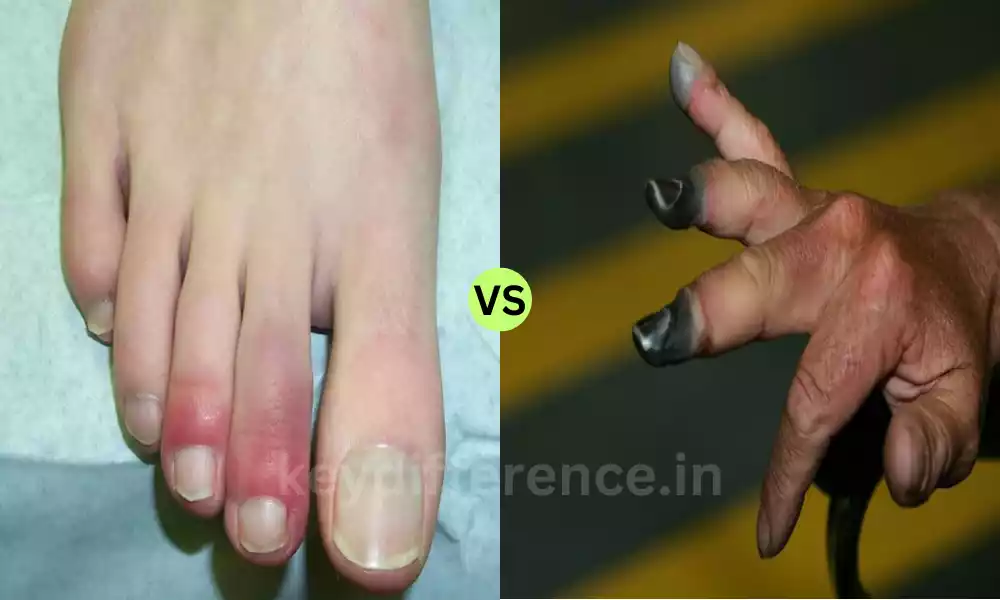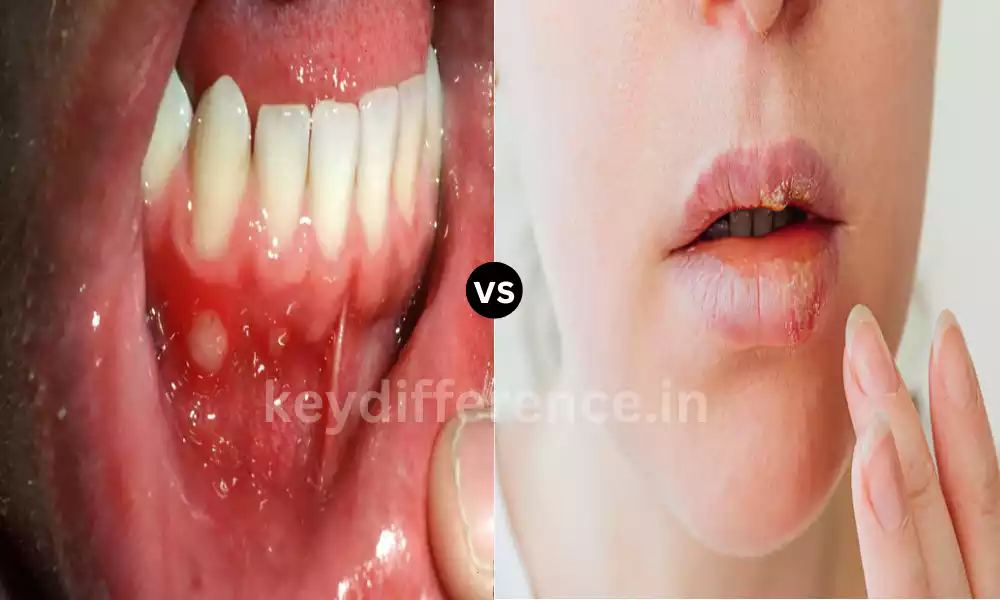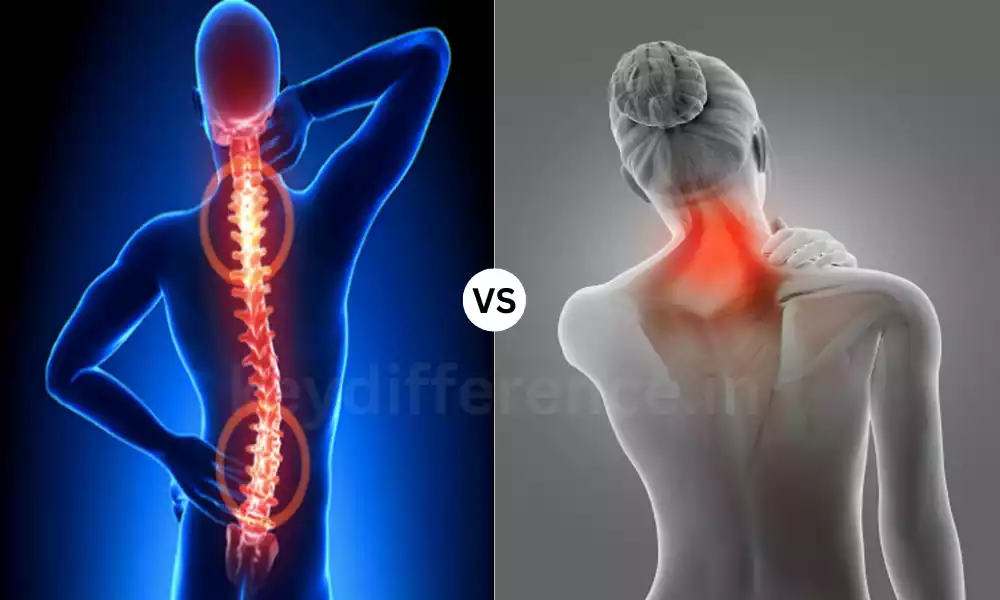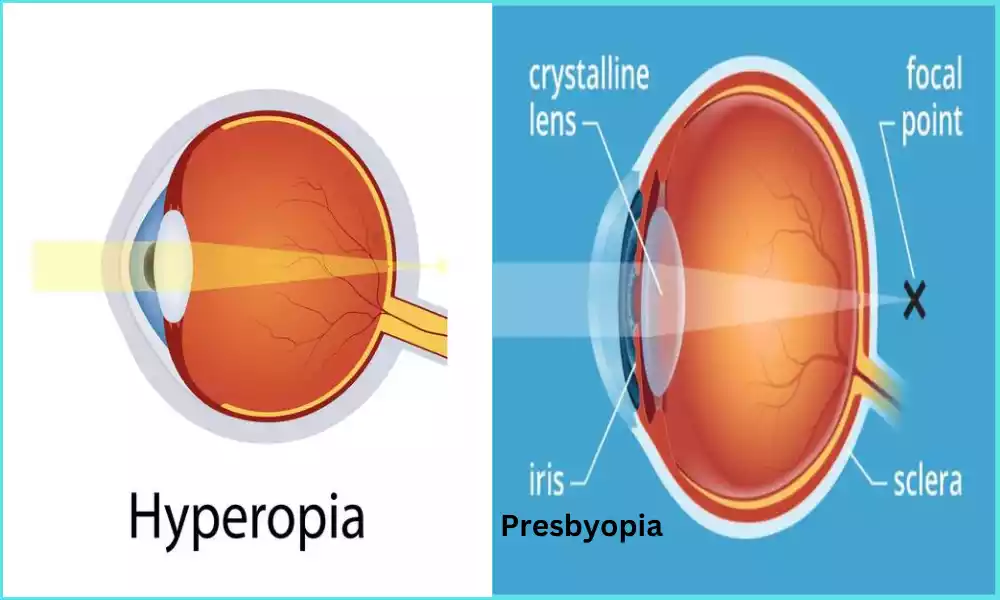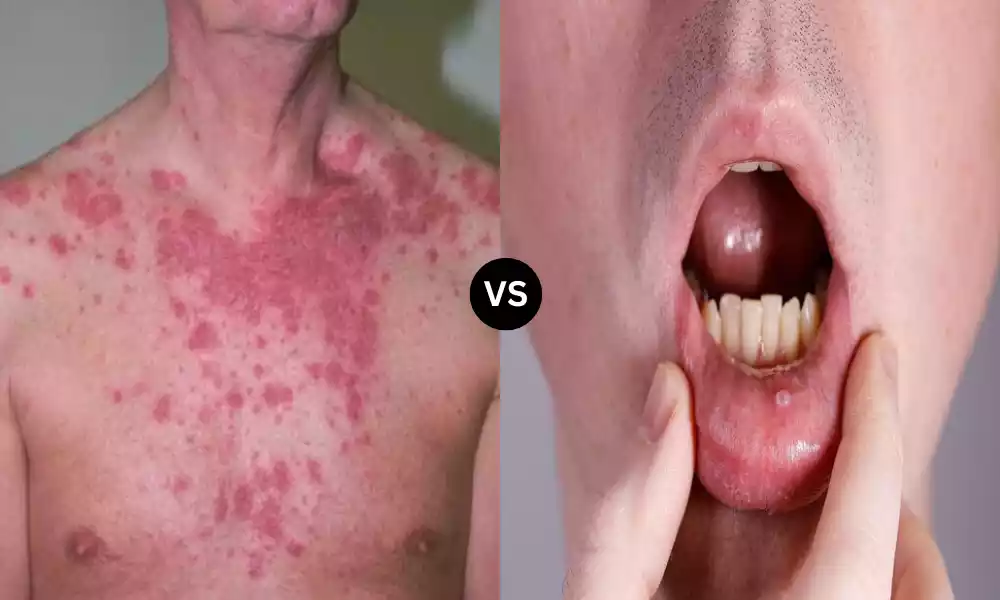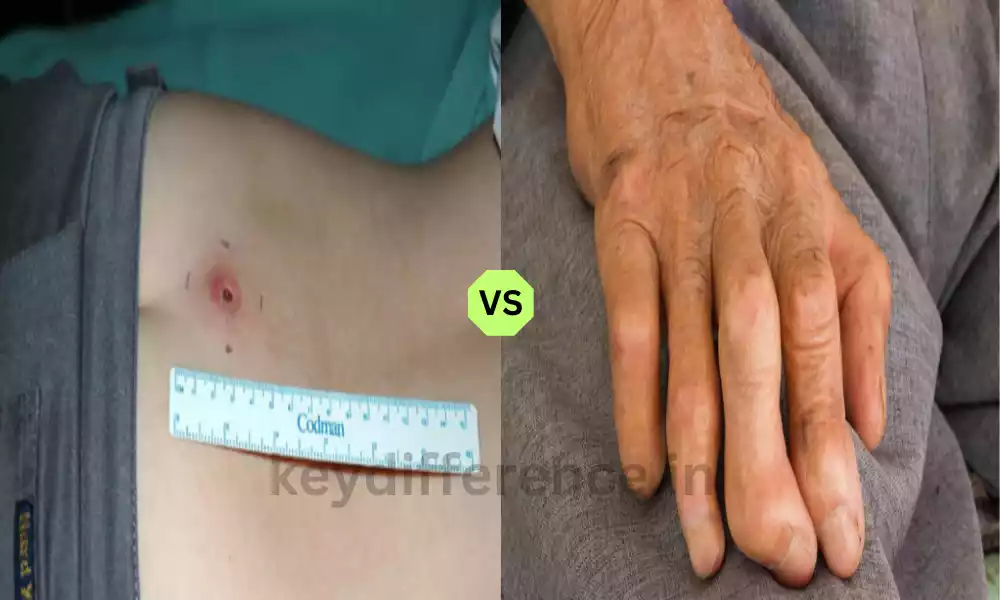Chilblains and Frostbite are cold-related conditions that could affect people who have been exposed to harsh winter conditions. Although they have some similarities, it is important to know the main distinctions between them to make sure you recognize and treat them appropriately.
The characteristics, definitions, and risk factors, as well as the treatment as well as the prevention and treatment of Chilblains, a rash, and frostbite. It highlights the differences that distinguish them from each other and highlights the importance of securing yourself from the cold.
What are Chilblains?
Chilblains, sometimes referred to as pernio, or perniosis is a localized, inflammatory skin condition that manifests due to exposure to damp and cold conditions. It’s characterized by red or purple skin discoloration and swelling, discomfort, and itching, generally affecting the extremities like toes, fingers, and ears, as well as the nose.
Chilblains occur when blood vessels within the skin expand due to cold which then expand quickly after rewarming, which causes damage to blood vessels that are small as well as the tissues surrounding them. Chilblains aren’t always uncomfortable and painful however, they rarely cause permanent damage to tissues, unlike frostbite.
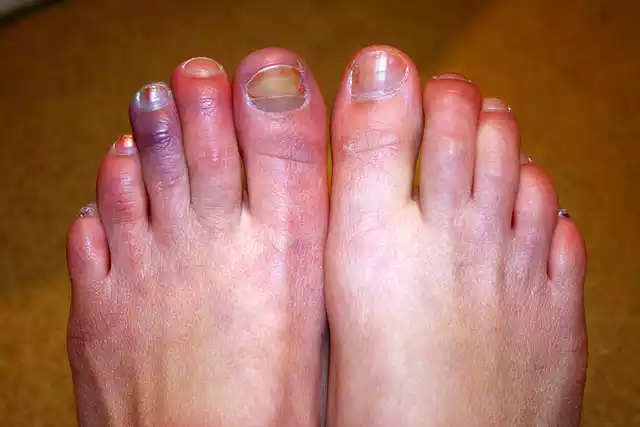
What is Frostbite?
Frostbite is a severe cold weather-related medical condition that manifests itself through the freezing of the skin and the underlying tissues. It is triggered after the body is exposed to cold temperatures, which causes crystals of ice to form inside blood vessels and cells and cause tissues to be damaged.
Common symptoms of frostbite include feeling numb, losing sensation as well as changes in the color of the skin which ranges from light or white to a grayish blue. In extreme cases, frostbite could cause permanent damage that could lead to tissue death and the need for an amputation in the event of not being treated quickly and properly.
Frostbite is often a problem for extremities such as fingers, toes ears, and the nose, which are more vulnerable to exposure to cold.
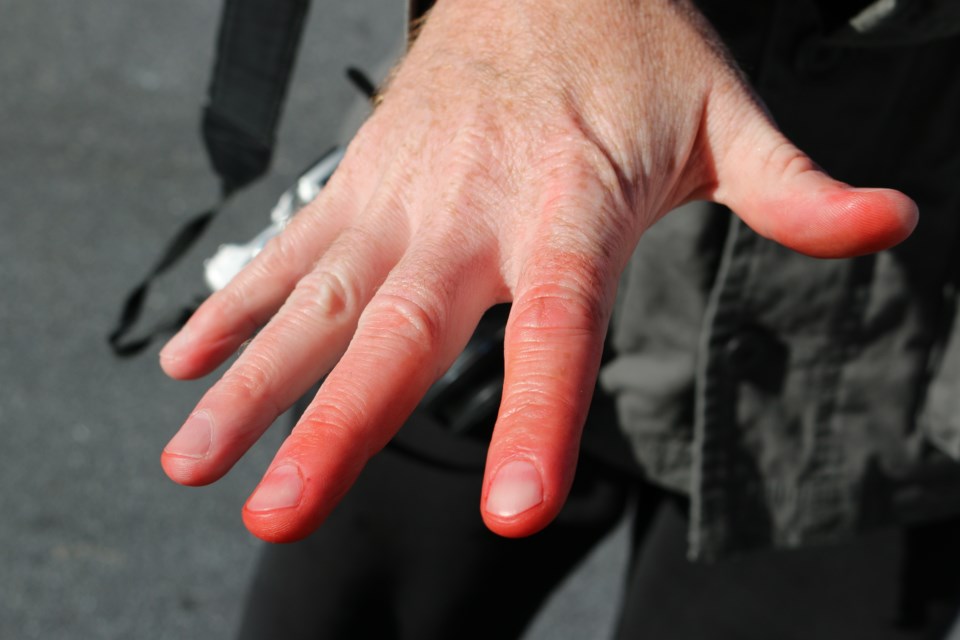
The importance of distinguishing between Chilblains and Frostbite
The distinction between frostbite and chilblains is essential for many reasons:
- Different Treatment Methodologies: Chilblains and Frostbite require different treatments. Chilblains typically are treated using treatment with topical creams and self-care while frostbite requires immediate treatment and rewarming. A misdiagnosis could lead to inadequate treatment that could cause further aggravation of the condition.
- Preventative Actions: Understanding the differences between these two conditions allows individuals to take the right preventive steps. Knowing when you’re at risk of developing chilblains (prolonged exposure to damp and cold conditions) as opposed to frostbite (extreme cold exposure) aids in selecting the appropriate protective clothing and behavior.
- Avoiding complications: Chilblains, although discomforting, rarely cause severe tissue injury. But frostbite may cause permanent injury and even amputation in extreme instances. The early detection of frostbite is crucial to avoid such complications.
- Time of medical care: Resolving frostbite quickly is crucial because it demands quick rewarming as well as professional medical attention. In the event of a delay, it can lead to more severe tissue damage as well as a longer time to recover.
- Educational awareness: Understanding the distinctions between frostbite and chilblains increases public awareness and allows individuals to make informed choices about winter security and protection for skin.
Knowing how to distinguish between frostbite and chilblains is crucial to make sure you receive the proper treatment, avoid complications, and ensure winter safety. It enables people to take the appropriate actions when confronted with skin conditions, ultimately safeguarding their health and well-being.
Comparison Table of Chilblains and Frostbite
Here’s a comparison table highlighting the key differences between chilblains and frostbite:
| Aspect | Chilblains | Frostbite |
|---|---|---|
| Definition | Inflammatory skin condition resulting from repeated exposure to cold and damp conditions. | Severe medical condition caused by freezing of skin and underlying tissues due to extreme cold exposure. |
| Symptoms | Red or purplish skin discoloration – Swelling – Itching – Discomfort | Numbness – Loss of sensation – Skin color changes (pale, white, grayish-blue) – Severe cases may involve tissue death |
| Affected Areas | Commonly affects extremities (fingers, toes, ears, nose) | Primarily affects extremities, but can also impact larger areas of the body |
| Nature of Damage | Inflammatory response to cold, with potential tissue damage if left untreated. | Actual freezing of skin and underlying tissues, potentially leading to severe tissue damage and even amputation. |
| Causes | Repeated exposure to cold and damp conditions, often not as extreme as frostbite. | Exposure to extremely cold temperatures. |
| Treatment | Typically managed with self-care measures and topical treatments. | Requires rapid rewarming and professional medical care. May involve pain management and wound care. |
| Long-term Consequences | Generally, no permanent tissue damage. | May result in permanent tissue damage, including tissue death and amputation in severe cases. |
| Preventative Measures | Keeping extremities warm and dry, wearing appropriate clothing. | Dressing in layers, covering exposed skin, and avoiding prolonged exposure to extreme cold. |
| Geographic and Seasonal Factors | Can occur in regions with milder cold climates, particularly during transitional seasons. | More likely in areas with severe cold climates during winter. |
| Risk Factors | Often associated with poor circulation and sensitivity to cold. | Prolonged exposure to extreme cold, inadequate clothing, and pre-existing medical conditions increase risk. |
Understanding these differences is essential for proper recognition, treatment, and prevention of chilblains and frostbite, ensuring the best possible outcomes for individuals exposed to cold weather conditions.
How do you identify chilblains?
Chilblains are typically recognized through a combination of physical symptoms as well as knowledge of your exposure to cold and humid conditions.
This is how you can identify chilblains:
- The symptoms: Check for the following symptoms on your face, especially on areas that are frequently affected, like fingers toes, earlobes, and even the nose:
- Red or purplish skin discoloration.
- The puffiness and swelling.
- Burning and itching sensations.
- Tenderness or discomfort in the area affected.
- Location: Chilblains are most often seen on the extremities. They are usually bilaterally symmetrical which means they affect both bodies equally. The most frequent sites are toes and fingers, however, they may also be found on the nose and ears.
- Timing: Chilblains usually develop within a couple of hours or a couple of days following exposure to damp and cold conditions. If you’ve been in an environment that is similar to this and have noticed these signs they could be a sign of Chilblains.
- Exposure The History: Review your most recent activities and whether you’ve experienced damp and cold weather. Chilblains are common among those who’ve been exposed for long periods in wet, cold conditions.
- Risk Factors: If you have poor circulation or have a history of chilblains or a sensitivity for colds or a sensitivity to it, you could have at greater chance of developing this disease.
It’s important to know that chilblains typically aren’t as serious as frostbite and don’t cause permanent tissue injury. If you think that you may have chilblains, it’s essential to take steps to avoid the condition getting worse.
Keep the area affected cool and dry, avoid any further exposure to cold, and you may want to consider using creams from the store or lotions specifically designed specifically for Chilblains.
If symptoms persist or become worse it is recommended to consult a doctor for the proper treatment and exclude other possible skin problems.
Pain management and wound care
The management of pain and wounds is vital to the treatment of different skin ailments, such as frostbite and chilblains.
This article will provide an overview of the way that the management of pain and wounds is addressed for these conditions:
Chilblains:
- Pain Management:
- Pain relievers over the counter Pain relievers that are not prescribed such as Acetaminophen or ibuprofen can be used to reduce discomfort and pain that comes with Chilblains.
- Wound Care:
- Make sure the area is dry and clean Clean the affected area with mild soap and warm water. Pat it dry.
- Avoid friction by wearing loose-fitting clothing and avoid wearing tight gloves or shoes to reduce irritation.
- Creams for topical use: OTC creams with ingredients such as calamine or aloe vera may help ease itching and decrease inflammation.
- Protection The affected area should be covered with a dry, clean dressing to avoid further exposure to moisture and cold.
- Avoid scratching: It can cause itching to worsen and could even break the skin, causing an infection.
Frostbite:
- Pain Management:
- Pain medication: In the case of frostbite that is severe prescription painkillers may be needed to alleviate the extreme pain that is associated with the process of rewarming and recovery.
- Wound Care:
- Rapid rewarming: Incubate the affected region within the warm liquid (not hot) in the range of 104-108degF (40-42degC) over 15 to 30 minutes. This will help bring blood flow back to the area and reverse the freezing process.
- Sterile dressing: Use sterile gauze on an unclean cloth on the area affected after warming to shield it from infections.
- Elevation: Maintaining the affected region elevated can decrease swelling.
- Beware of refreezing: Once the area has frozen, do not expose the region to freezing temperatures for a second time.
- Monitoring and medical treatment: Fretbite that is severe requires immediate medical attention. This includes the possibility of debridement, antibiotics to stop infection, and various special wound-care techniques.
In both instances, if you’re experiencing serious or increasing symptoms, you must seek medical attention as soon as possible.
A medical professional can offer the most effective treatment for wounds and pain depending on the specific situation as well as the severity of your problem.
These guidelines are meant to be general guidelines, but individual situations may differ in the treatment process and treatment.
Numbness and loss of sensation
The loss of sensation and numbness are typical symptoms of many medical conditions, especially those that cause nerve damage or poor blood circulation. The symptoms can be seen when chilblains are present or frostbite as well as other related injuries to the cold.
Here’s a quick explanation of numbness, and loss of sensation:
- Numbness:
- The term “numbness” refers to a lack of sensation or a decrease in the feeling of pressure or pressure.
- It can affect a particular part of the body like the toes or fingers when it comes to injuries caused by cold such as chilblains and frostbite.
- The feeling of numbness may also be more extensive and impact larger areas of the body. This could be due to medical conditions such as peripheral neuropathy or inadequate blood circulation.
- Loss of Sensation:
- Sensation loss is a more broad word that describes the inability to detect any sensory inputs, such as temperature, touch as well as pain, and proprioception (awareness of your body’s position relative to the surrounding space).
- In the case of injuries caused by cold, such as frostbite the loss of sensation can begin with numbness, and then get to the point that the affected area is completely insensitive. This is a sign of tissue damage that is a medical emergency that requires immediate care.
Numbness and loss of sensation could be alarming, particularly when it comes to injuries caused by cold since they might signal that the tissues in question are in danger of being further damaged. It is imperative to seek medical attention immediately whenever these symptoms manifest especially in the event of frostbite.
This will help prevent worse outcomes, such as tissue death, and the eventual necessity of an amputation. The affected area may be restored to normal function and sensation with timely and proper medical treatment.
Prevention involves keeping warm and dry
Prevention of skin conditions caused by cold such as frostbite and chilblains often is about being dry and warm.
Here are some important prevention measures:
- Dressing Appropriately:
- Layering: Dress in many layers of clothes to hold warm air around your body. This can include sweatshirts, thermal underwear, and a waterproof and windproof outer layer.
- Insulated clothing: Wear waterproof, insulated gloves, boots, and hats to guard the limbs.
- Moisture-wicking fabrics: Choose clothes constructed from fabrics that help to wick water away from your skin, keeping it dry.
- Keep Extremities Covered:
- Cover your toes, fingers as well as the ears and nose, as they are the most vulnerable to cold.
- Utilize foot and hand warmers when it is cold outside to keep warm.
- Stay Dry:
- Avoid wearing footwear and clothing that are wet. Moisture is a powerful way to pull heat out of your body, increasing the chance of developing cold-related skin ailments.
- Make sure you use waterproof and insulated equipment, particularly in wet and snowy weather.
- Limit Exposure:
- Limit the time you spend in extreme cold or wet conditions.
- Pause indoors for a while to stay warm during prolonged periods outside in the winter cold.
- Maintain Good Circulation:
- Physical activity: Stay active to improve circulation and blood flow.
- Wear loose clothing as it can hinder blood flow to the extremities.
- Stay Hydrated and Nourished:
- A healthy diet and proper hydration aid the body’s ability to generate heat and retain warmth.
- Be Aware of the Warning Signs:
- Be aware of the early symptoms of cold-related illnesses including numbness burning, or pain, and do something to get warm and protect the area that is affected.
- Plan Ahead:
- Review the weather forecasts and plan outdoor activities in line with them.
- Have emergency clothing and supplies for sudden weather changes.
The best way to prevent frostbite and chilblains is the use appropriate clothes, an aware of the environmental circumstances, as well as proactive steps to keep dry and warm. These measures are essential to ensure winter safety and aid in preventing skin injuries.
Similarities Between Chilblains and Frostbite
Chilblains and frostbite may be distinct skin conditions that are related to cold both have similarities, mostly due to their frequent contact with cold temperatures.
Here are some similarities between frostbite and chilblains:
- Cold Exposition: Chilblains as well as frostbite can result from long-term or frequent exposure to cold weather. They tend to happen in winter or in cold climates and affect those who aren’t properly protected from cold.
- Extremity Affection: Chilblains, frostbite and other ailments generally affect the extremities including fingers, toes, and ears as well as the nose. These body parts are more prone to injury by cold because of their separation from the body’s center and the possibility of reduced blood flow during cold weather.
- Skin discoloration: Both of these conditions can result in changes in the skin’s color. Chilblains can cause purple or red discoloration while frostbite causes the appearance of white, paleness, or grayish-blue skin tone.
- Sensation and Numbness: Numbness and loss of sensation may be experienced in both chilblains as well as frostbite. In chilblains numbness as well as discomfort are common. However, frostbite sufferers experience numbness as an important sign.
- The risk factors: people with poor circulation or who are more prone to cold have an increased chance of developing both chilblains as well as frostbite.
- Preventative measures: The best preventive measures to combat both conditions are wearing clothing that is dry and warm covering the exposed areas of your body, and limiting exposure to damp and cold conditions.
Although frostbite and chilblains share the same characteristics, however, they differ in the extent and the severity of the injuries.
Chilblains are typically less serious in nature, causing minor discomfort and skin irritation, whereas frostbite may cause severe tissue damage, and in the extreme, tissue death.
Understanding the similarities and differences is crucial for the proper treatment, prevention, and treatment of these skin ailments caused by cold.
Conclusion
Chilblains and Frostbite are two distinct but connected cold skin conditions that are cold-related. While they share some aspects like exposure to cold and effects on the extremities, they differ in severity and the type of the injury.
Chilblains tend to be less serious in nature, causing minor discomfort and skin injuries, while frostbite can cause significant tissue damage, with the potential for death of tissues.
Understanding the differences between them is crucial to taking preventive measures, and obtaining prompt treatment if needed to protect your health during cold weather.

